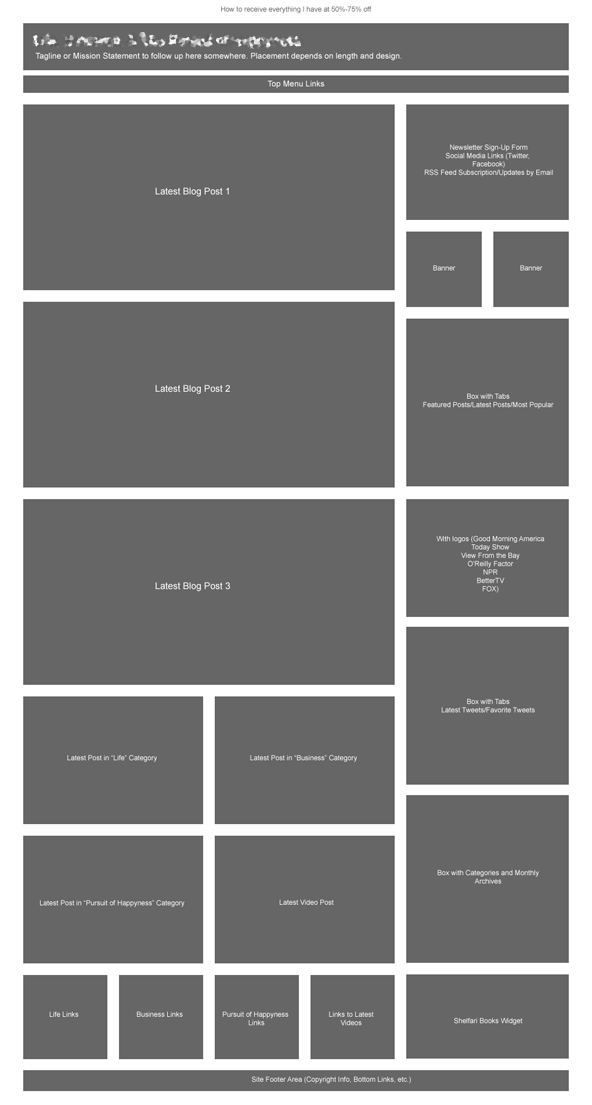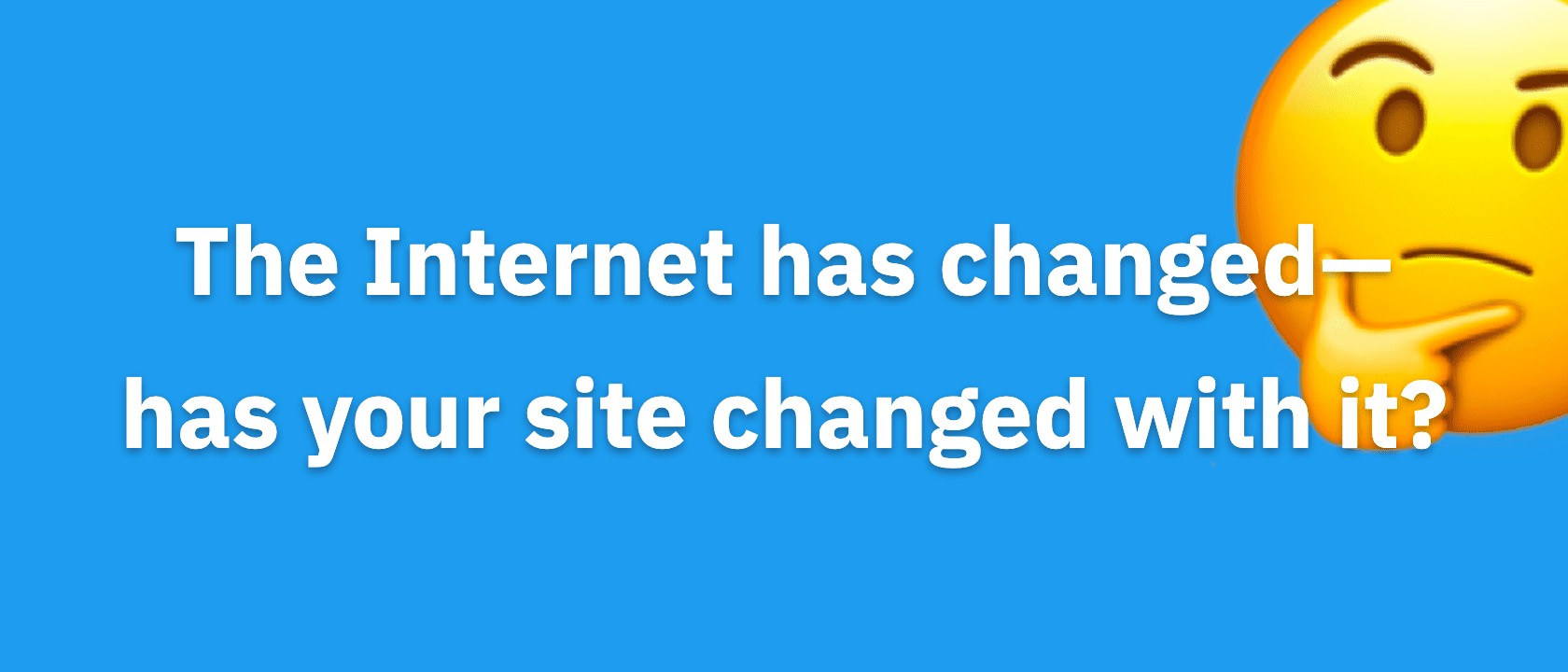Getting real results from your website can be hard…
Sure, you can hire a great designer, but remember, good design is subjective, whereas design that gets results is all in the numbers.
What kind of numbers? Sales, traffic, and subscribers, or in other words, the building blocks of an online business.
So, how do you know if your designer is qualified to get you business results? Here are 10 questions you can ask before hiring them:
1. Do You Get Business Results for Clients?
If you want to hire a designer that gets business results, look for someone who publishes case studies about how they helped their clients.
For example, if you see something like “The site redesign of client XYX helped them increase their online sales by 24%,” you’re on the right track!
If they don’t publish any case studies, you can ask them directly. If they’re legit, they’ll happily provide examples.
2. How Much Do You Charge for Web Design?
Results-oriented web design takes time and expertise to do right. So if you find that your web design is cheap, it may be safe to assume that your designer will take as many shortcuts as possible.
Note, when you ask your designer for a price quote, ask them to tell you what the quote entails. For example, will you receive a high converting email newsletter subscription box?
3. How Much Time Do You Spend Planning and Researching?
Designing a website for results requires planning and research, so, before your designer gets started, make sure they allot time for a basic analysis of your business, competitors, and market.
How much time should be spent on planning and research? Personally, in my custom web design firm, I slot anywhere between 3 and 10 hours per project. It may seem like a lot of time, but things like content structure and delivery, overall website functionality, and other details must be planned out!
4. Do You Create Wire-Frames Before Designing the Website?
Website wireframes are visual representations of where the content on your site will be placed. As you can see below, there aren’t any graphic design elements or content. Instead, there are boxes explaining where certain content will be found.

Figure 1. Example Website Home Page Wireframe
Why are wireframes so important?
Well, placement of items on your site has a lot more impact on your results than you may think.
For example, a good results-oriented designer will know that placing your newsletter subscription box high up on the right column will increase your subscription rate better than if it was placed on the bottom.
Now I know that seems like common sense, yet, most designers still place subscription boxes below the fold, as if they were an after thought. With a wireframe, there will be no after thoughts because everything is planned out prior to the web design.
5. Do You Create Easy-to-Use Websites?
A website with lots of personality may look beautiful, but if it causes your visitors to flee in frustration because they can’t find what they need, it’s a complete failure.
However, a good results-oriented designer has a basic understanding of website usability. They know how web visitors navigate websites and cater to them to help you achieve your goals (subscribers, leads, and sales).
Note, while asking your prospective designer this question helps, you should visit their portfolio, too. If their previous work is easy-to-navigate, you should be set!
6. Do You Do Market Research Before Creating Web Designs?
A web design should bring you closer to your customers. To do this effectively, your web designer must understand who they’re building the website for. In the end, you may want your site for you, but if you’re running a business, it’s really for your customers, right?
As a side note, another way to bring you close to your customers is by taking advantage of the nonverbal cues that influence your website visitors. To learn more about that, check out the free report that Derek Halpern wrote here.
7. Do You Do Competitive Research, Too?
This question is important because it helps your designer look outside the box to identify what else is out there. Often, good results don’t come directly from optimizing your site, but by also doing things better than the competition.
8. Do You Offer Conversion and Usability Testing?
If you want your website to live up to all it’s worth, you must optimize your pages for results. However, how do you know if your pages are doing everything they can to generate those results?
You test them. Instead of making a guess, you create two different pages, and pit them against each other. The page that does the best, should be continuously tested to ensure maximum conversion rates.
How do you do this type of testing? It’s called split A/B or multivariate testing. Results-oriented designers should know all about it, so you should ask them if they offer this as a follow-up service.
9. Do You Analyze My Current Traffic Before Making Design Decisions?
Analyzing a site’s metrics, if done correctly, can help identify the current site’s strengths. For example, what if your blog has great visitor loyalty, but the rest of your site doesn’t? Or, what if one of your pages has a lower bounce rate, can anything be implemented elsewhere on your site?
In summary, by looking at your site’s metrics, designers can arm themselves with information to better equip themselves to make better decisions.
10. How is Your Design Going to Help Me With My Business Goals?
When you decide to lose weight and start a new diet, you have a goal weight in mind, right? A website design project is just like that. You’ll have goals, and you need to ask your designer how they’ll help you achieve them.
Note, before you ask your designer to turn water into gold, you should know that you’re better off setting realistic goals. A results-oriented designer will help you come up with these goals, but if they don’t, here are some goals you should consider:
- We’d like to increase the overall revenue generated from our website by 20%.
- We’d like to increase the orders from our PPC campaign to our landing page by 20%.
- We’d like to get 20% more newsletter subscribers within the next 6 months.
- We’d like to increase our average order value by 20%.
- We would like to reduce our bounce rate on page X by 20%.
All this said, sometimes the goals of a new website design or redesign are related to things that can’t be easily measured like increasing awareness of a brand, spreading a message, or increasing authority.
However, if you are looking for measurable return on your investment, finding a designer that can help you get tangible results can be a very wise choice.
